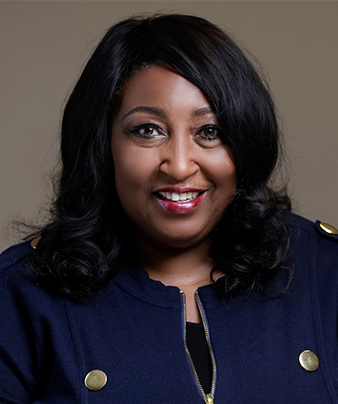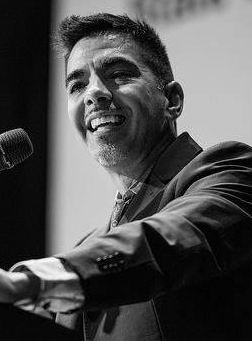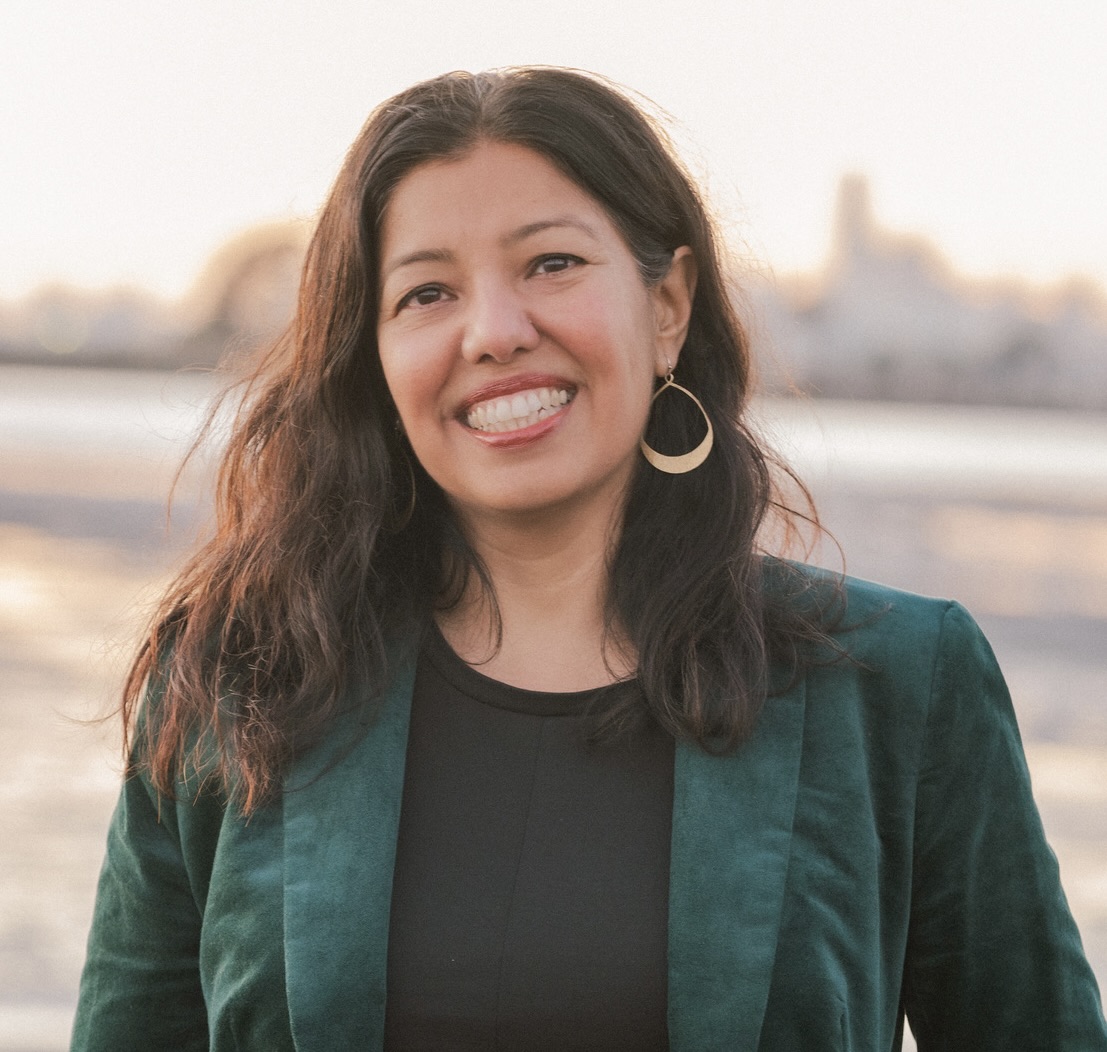Meet the Moment: Let’s Try to Test and Learn
Thanks, Marcus and Dwayne, for your inspiring words and your leadership. As good discussions go, you’ve both got me thinking. And thanks to Marcus for tagging me and inviting me to jump into the conversation. Marcus’s “meet the moment” question for me is a good one: How does philanthropy need to work differently in these complex and turbulent times?
I stepped into my current role at the Haas, Jr. Fund in 2019. Within a few months, we were deep into a strategic visioning process with our board and staff to imagine the next chapter for Haas Jr.’s work. Then 2020 happened. The strategy was approved during our first-ever Zoom board meeting last March — just six days after the staff team started working from home.
Soon, we were hearing from nonprofit partners who were struggling to meet new staff and community needs in the face of the health and economic impacts of Covid-19. Then came the murders of George Floyd and Breonna Taylor, along with daily caustic attacks by the former President of the United States. Communities were under siege. In a world turned upside down, we were forced to rethink a traditional and orderly rollout of our new philanthropic strategies and plans. While I’m glad we’re moving out of the worst of the pandemic, I’m afraid unpredictability and turbulence are staying with us.
Philanthropy excels at a “plan and implement” approach. It’s how I did a lot of my work as a program officer for many years (I even have a degree in urban planning). Planning is orderly, learning more is always better, and having a thought-through plan lowers risk and improves results. Plus, it’s comforting and reassuring to lay out your steps and know what’s coming next.
But in today’s political, cultural and media environment, we don’t know what’s going to happen later today, let alone six months or two years from now. Just think about the last 12 months–a global pandemic, racial justice protests, the January 6th insurrection, a surge in anti-Asian attacks. Would a plan for 2020 or Q1 2021 have improved our impact and results? I’m not so sure anymore.
Right now at Haas Jr., we’re trying to exercise a different muscle. We are trying “test and learn,” a concept that our consultants introduced to us during our strategy process last year. Test and learn means we respond in real time to the challenges we’re seeing in our communities, try new things, rapidly learn and iterate, and take some risks. It doesn’t mean we’re no longer strategic or intentional. It just means we are moving more quickly in response to community and nonprofit needs. And we are doing so with the understanding that the communities we care about have always lived with unpredictability and new daily challenges, so it’s time for us to live with that reality too.
We’re learning that a key to this new “test and learn” is including community leaders from the very get-go to co-design our strategy and approach. It has meant less top-down research and more partnership from community doers who have the bottoms up experience. Haas Jr., like many others, believes that those closest to the problems are closest to the solution. This provides us a way to “live” that in our day to day work and we think we’ll get better results.
We’re also realizing that we need to step out of our comfort zone, change our culture to be less perfectionist, more agile, and faster. Learning to live with ambiguity is something we’re trying to do and move with “less certainty, more curiosity” as Marcus suggests.
We saw “test and learn” play out last year as funders acted quickly and flexibly to support partners working on the 2020 Census and get-out-the-vote outreach. After the pandemic hit, these funders supported grantees to pivot as they had to adjust overnight to digital forms of engagement and other strategies for a socially distanced world.
At Haas Jr., we’ve tried to test and learn in a few ways. We hired a law firm to work with grantee partners to help them access Covid relief funds via the federal government’s paycheck protection program (PPP). We tried new approaches to getting cash assistance to low-income families and individuals hit hard by the pandemic. We worked with other funders to launch a new collaborative fund to support Black-led organizing across California. And, we’re working with community leaders to respond to anti-Asian racism by shifting the community fear and anger into action and sustainable change.
Literally none of these efforts was part of the strategic plan we adopted last year. But each one meets our program goals and represents our best efforts to respond in the moment to what’s happening in the communities we care about right now. Does “plan and implement” still have a place in philanthropy? Absolutely. We are not replacing a tried and true approach but instead adding “test and learn” to our toolbox.
As we look with hope toward an end to the pandemic, we want to get better at partnering with community leaders (rather than bring them in at the 11th hour for last-minute feedback or not at all). We want to get more comfortable acting before we know everything there is to know, just as Dwayne has challenged us to do. And we want to let go a bit and unleash ourselves and our partners to work more creatively—and more immediately—for change.
We’re not there yet, and there’s lots to learn, but we’re trying to work differently — because these complex and turbulent times demand it.
Next Up

Next up, I want to see what my friend Dimple Abichandani has to say. Like Marcus did for me, I am going to ask you this question:
Dimple, how can foundation leadership stay clear-eyed in this moment?




